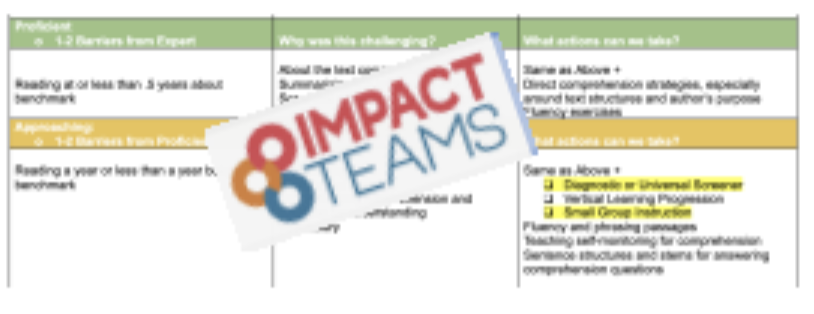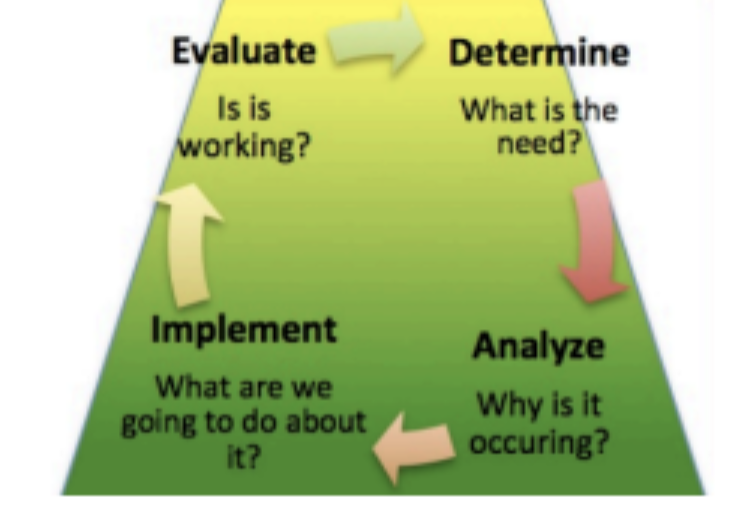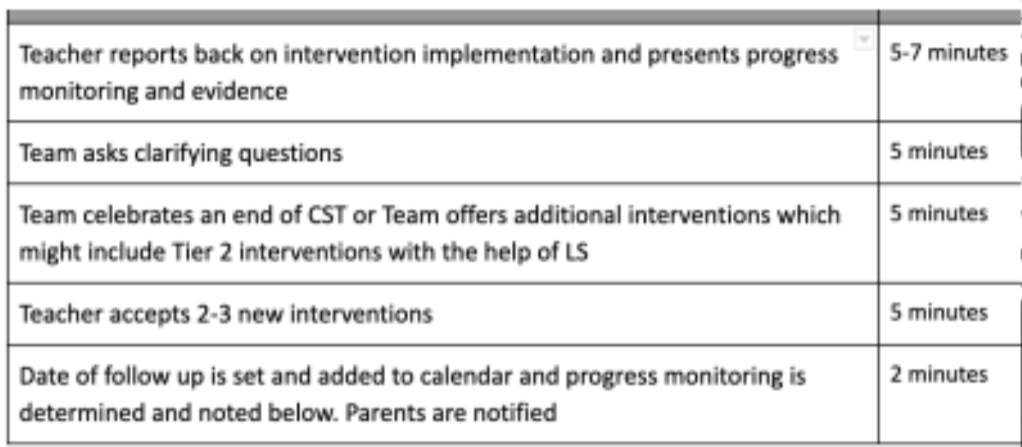
As we worked to improve our Tier 1 literacy instruction discussed in my previous post, we also expanded on our data collection and data analysis procedures. We recognized that we were missing certain data points that could be helpful in tracking student progress. Most importantly, we needed to be more intentional in the way we use that data to be responsive to the needs of our students in a systematic and timely way.
Expanded Data Collection
First we took a look at our assessment calendar for our universal screeners and added several missing pieces – an on demand writing sample, a phonics screener, and a handwriting observation. The handwriting observation was added because the stamina and fluency of writing was of concern and we suspected that a lack of automaticity in handwriting was contributing to this. Early data collection indicated that this was in fact true and that we needed to do more to ensure students because automatic and fluent in the physical act of letter formation in the early years in order to build their stamina in later years.

Once data is collected, each grade level team with the relevant Learning Support Teachers, EAL teachers, principal, and literacy coach analyze the data individually and then discuss as a team. We found the Impact Teams model for data analysis to be a very helpful protocol for having these conversations. The cohort data is first used to identify common teaching points for most students. For example, the handwriting observation identified that the majority of the grade 2 students had not developed automaticity in handwriting and that ALL grade 2 students needed additional handwriting practice. This is likely because they had spent a significant amount of their grade 1 in online learning due to COVID. Thus the grade level team added this to their TIer One instruction for all. The Data is then analyzed to determine the next teaching points for smaller groups of students, this might include Tier 1 or 2 interventions that class teachers could implement. In that same grade 2 example, targeted guided reading groups were put in place for students on the cusp of grade level benchmarks to give them a boost in their reading skills and targeted phonics and/or phonological awareness instruction and practice was put in place for our most at risk readers.
Progress Monitoring
These interventions are then implemented by the class teacher for about 6-8 weeks and then further data is collected quickly in the identified areas to understand the impact of instruction. Are the interventions working? If they are, then they phase out or continued. For those students that are not making progress as expected, the team considers additional interventions. In the grade 2 example, after 8 weeks it was determined that some handwriting practice needed to continue for all. The guided reading groups were adjusted, some students had a jump in their reading with the extra boost and we reduced their guided reading support with a teacher. Those students that still were not making the progress we wanted began a guided reading group with our Learning Support Assistant as well. This ensured that they were reading with an adult everyday – the class teacher and the assistant – and we added a further phonics focus to that group work as the data suggested that this area was of specific concern for those students not making desired progress.

After this second round of interventions, potentially with help from the Learning Support or Early Intervention Teacher, progress is again reviewed with the team. The timing of this in the first Semester means that by the second round of intervention, it is time for the January collection of the Universal Screeneing Data. The cohort data is then analyzed using the same process as above to inform instruction for the whole grade level and individual students. The difference being that if students have already had multiple rounds of intervention and there is still concern, Tier 2 or possible Tier 3 interventions might be put in place with the help of the Learning Support Teacher or Early Intervention specialist.
How our MTSS feeds into our Referral System
It is at this point, that a referral to Learning Support might be needed. If we consider the cycle pictured above, after multiple rounds of data collection, intervention, and progress monitoring, it might be time to gather more information to determine and understand the need a student may have. This is where the referral process comes into play. We worked to develop understanding with grade level teams that the referral process is a problem resolving conversation. The primary purpose is to identify further interventions, strategies, and accommodations, that might be used in the classroom to support success for the student. As we have a well documented history of data and intervention from our improved Tier 1 literacy and our MTSS process with teams, this conversation can be quite targeted and clear. At this point it might include Tier 3 intervention with the Learning Support Teacher. After further intervention, in Child Study Team (CST) meeting 2 or 3, then we might consider a recommendation for testing and entrance to Learning Support.

What Next?
As we engage in our second year of this work, we are thrilled with the adoption of the Fundations Phonics program and are seeing tremendous success with this implementation. Teachers are impressed with the progress students are making and they see how the structure of this program aligns with our MTSS framework. We have made huge strides in improving our Tier 1 reading instruction. We have begun to focus on our writing instruction and calibration of our writing expectations and next we must address math. We will likely be adopting new math resources to support our curriculum next year so that will be a great opportunity to shift this work and thing to that area.
Our Learning Support Team has identified that we need to continue to build our bank of interventions for teachers to use in the classroom at the Tier 1 level and as a team at the Tier 2 and 3 level. This will help to improve the outcomes of the CST conversations. Additionally, this is the first year that we have an Early Intervention Specialist working with PK- grades 2. We are still building the systems to support MTSS at this level with the Tier 2 and 3 intervention from the specialist.
Further consideration of this work can be found in a SENIA presentation that myself and our grade 3 and 4 Learning Support Teacher Mary Donahue developed. Should you like to invest over an hour of your time, you can find the video here.
As always, I am curious to hear from you. What has been your experience in this work? What questions do you have? I am excited that after presenting this work at the SENIA Virtual Conference, many people have reached out to have email or zoom conversations. I love that our journey is of interest to you and I appreciate being able to learn and think together with all of you. All the best in 2022!

So good to see a robust methodology for using and continually referring to data. Many programs don’t have the time, or take the time, to do a deep dive into data. Thus, a crucial step for checking response to intervention, and a more efficient referral process, is frequently glossed over. Congratulations, again, on such thorough work.
LikeLike